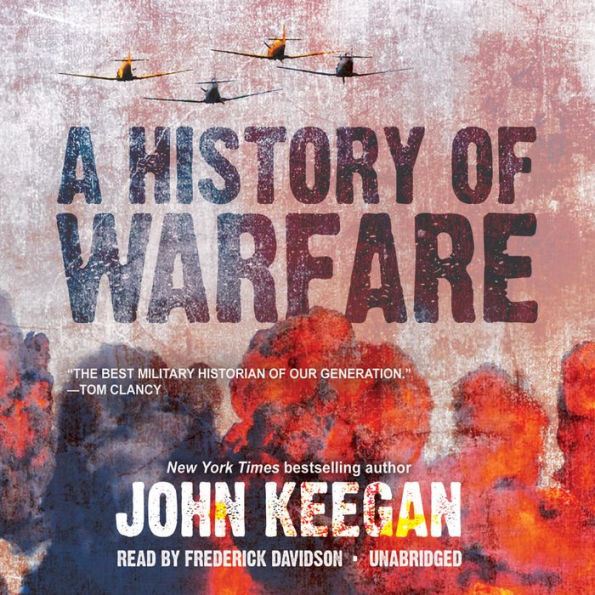With his usual fluent mastery, Keegan (The Price of Admiralty, 1989, etc.) offers provocative perspectives on armed conflict through the ages. Taking immediate aim at Clausewitzian theory, the author argues that culture has frequently proved as powerful as politics in decisions to wage war (most notably, perhaps, in prehistoric societies, where the state was an alien concept). Ranging backward and forward in time, he divides his canvass into broad categories (e.g., "stone," "flesh," "iron," "fire") that allow him to focus on broad as well as narrow aspects of mortal combat. Among other matters, Keegan addresses such perplexing issues as why men fight, how primitive peoples do battle, what factors constrain belligerents, and the circumstances that can precipitate hostilities. Throughout his panoramic survey, he pays particular attention to weaponry (from spears through nuclear ordnance) and other aspects of the martial arts, including fortifications, logistics, and the organization of armies. Covered as well are warrior fraternities like the Crusaders, Mamelukes, samurai, and Zulus, whose feats of arms Keegan illuminates with commentary on contemporary mores—noting, for example, that the Tokugawa shogunate (at pains to preserve a way of life—and death) kept firearms out of Japan for over 250 years, until the Meiji Restoration led to the island nation's industrialization and militarism. Along similar lines, there's an intriguing take on the evolution of primeval horses, whose descendants took charioteers, Mongol hordes, and Western cavalrymen into action on many fronts. While all civilizations may owe their origins—if not their existence—to war, Keegan concludes thatglobal survival depends on our curbing humanity's vast capacity for destructive violence—and on this score, readers of his superb new survey will find, he's cautiously optimistic. (Ten maps and 24 pages of photographs—not seen)



